By now you’ve likely heard about the root spice turmeric and how it provides you some very powerful health benefits.
However, unlike many other food fads that have come and gone over the past few decades (anyone remember the “oat bran craze” of the late 80s?), turmeric has a long history to back up its hype.
Turmeric originated in South Asia and is believed to have been used in India as both a spice and a medicinal component for at least 5000 years.
The health benefits of turmeric have long been exploited in the traditional Indian system of medicine called Ayurveda.
According to customary Ayurvedic practice:
- Turmeric maintains gut flora and protects against stomach disorders. It’s also a natural antiseptic and is useful for disinfecting cuts, burns, wounds, and other skin infections.
- Turmeric detoxes the liver. Curcumin (a primary compound of turmeric root) has been found to increase the flow of bile, which is necessary for breaking down dietary fat during digestion.
- Turmeric can help to manage blood sugar.
- Due to its very powerful anti-inflammatory and pain-relieving properties, turmeric is used in Ayurveda for treating arthritis inflammation and pain.
Traditionally, turmeric is also used to treat cough, tonsillitis, sore throat, swollen gums and canker sores, upper respiratory congestion, dry cough, and asthma.
But it’s not just traditionalists who believe deeply in turmeric’s anti-aging and pro-health power.
According to modern science, the list of turmeric’s health benefits is growing by the day.
What researchers are most interested in are the more than 300 bioactive components known as “curcuminoids,” which exert various beneficial biological actions in the human body.
The most well-known and well-studied of these curcuminoids is curcumin.
Thousands of scientific studies have been carried out on curcumin which demonstrates its potent anti-inflammatory and antioxidant properties.
Acute vs. Chronic Inflammation

Inflammation is a hot topic these days.
Most people have heard the term “inflammation,” and it even sounds kind of scary (it comes from a Latin word which translates to “in flame.”)
However, many people don’t realize that not all inflammation is harmful.
In fact, you couldn’t survive for long without inflammation.
Acute inflammation is your body’s natural response to cellular and tissue damage caused by injury, bacteria, and viruses, as well as various toxicants that enter the body via diet or the environment.
This type of inflammation is a protective response that works to eliminate the original cause of damage, clear out damaged and dying cells, and begin the process of repair and healing.
The problem is when the inflammatory response doesn’t turn off and becomes chronic inflammation.
This ongoing type of chronic inflammation is now recognized as playing a significant role in almost every chronic disease, including diabetes, heart disease, cancer, Alzheimer’s, and other brain degenerative diseases.
It also contributes to a range of skin issues, from generally “old-looking” skin to psoriasis, eczema, and rosacea.
How the Curcumin in Turmeric Root Fights Chronic Inflammation
As mentioned earlier, turmeric has a long history of use in Ayurvedic medicine as a treatment for inflammatory conditions.
What’s exciting is that these ancient practices are now supported by modern scientific research, which shows that curcumin fights inflammation by interacting with and blocking the actions of a number of different molecules that play a role in the inflammatory process.
And unlike anti-inflammatory medications that your doctor prescribes or you purchase at the drug store, turmeric is a food (spice) and doesn’t come with a laundry list of drug side effects.
Fighting Free Radicals with Turmeric

Free radicals are highly reactive chemicals that are formed in the body as a result of daily biological metabolic activity.
Under normal circumstances, the body is designed to handle the free radicals generated.
However, due to the ever-increasing levels of toxic chemical pollution in our environment, we’re now bombarded with far more free radical attacks than ever before.
This is significant because free radicals can damage cellular structures, including the outer protective cell membrane, cellular proteins, and even DNA.
This paves the way for chronic diseases such as heart disease, Alzheimer’s, and cancer to develop.
Free radical damage is also believed to contribute significantly to the aging process.
Antioxidants, on the other hand, help to break down and deactivate harmful free radicals and protect the cells from oxidative damage.
You can think of oxidative damage in the body like rust eating away the metal of a car. Antioxidants stop the damage and help prevent the body from “rusting” or wearing out.
As reported in the journal Advances in Experimental Medicine and Biology, Turmeric contains powerful curcuminoid antioxidants which can neutralize harmful free radicals and minimize the damage they cause in our bodies.
Not only that, but in a 2013 study in Toxicological & Environmental Chemistry, turmeric was shown to enhance the activity of our body’s natural antioxidant enzymes.
In other words, the antioxidant benefits of turmeric include neutralization of free radicals as well as enhancing the activity of natural enzymes in our body that also inactivate them.
Can Turmeric Also Help Protect Against Cancer?

Extensive research indicates that the health benefits of turmeric may include both the prevention and treatment of cancer.
In studies, curcumin has been shown to block the proliferation of a wide variety of tumor cells by turning off multiple molecular mechanisms that otherwise allow them to grow uncontrollably.
Some researchers believe curcumin may interfere with up to a hundred different cell signaling pathways – including those of the cell cycle, apoptosis (programmed cell death), proliferation, invasion, angiogenesis (growth of new blood vessels to support tumor growth), metastasis, and inflammation.
Not surprisingly perhaps, curcumin has been reported to have anti-cancer activity against leukemia, melanomas, sarcomas, and lymphomas – as well as against gastrointestinal, breast, ovarian, head and neck, and lung cancers.
Evidence also suggests that curcumin may even help to prevent cancer from developing at all.
For example, in a 2012 Phase II clinical trial published in the journal Cancer Prevention Research, curcumin was given to 44 smokers daily for 30 days, with eight of them already showing lesions in the colon that sometimes turn into colorectal cancer.
Of the 41 subjects that completed the study, four grams of curcumin given daily reduced the number of lesions by 40%, reducing the likelihood that they will develop colorectal cancer.
Can You Get Enough Curcumin from Eating Turmeric?
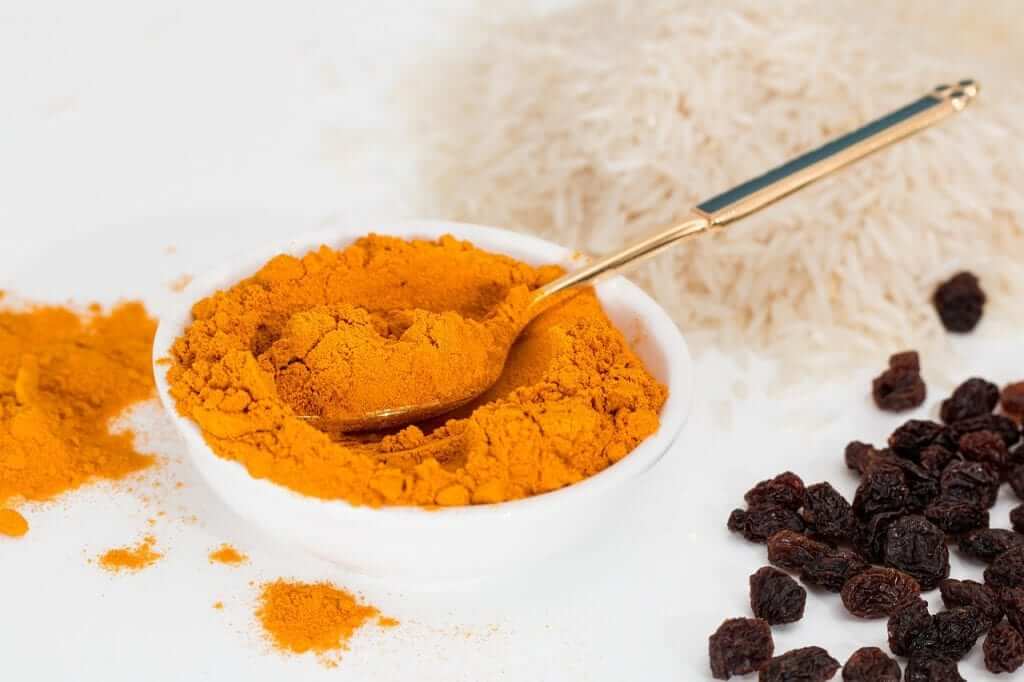
One of the major problems with curcumin is that it’s poorly absorbed in our gut.
Curcumin is also fat soluble, not water soluble.
Therefore, if you’re consuming turmeric as a spice, it’s advisable to consume it in a meal cooked with a high-quality fat source such as extra virgin olive oil or coconut oil.
The curcumin content of turmeric is also only around 3% by weight.
Most studies looking at turmeric’s health benefits use extracts that have been standardized to include large amounts of curcumin, usually at doses of 1 gram per day or even more.
As a point of reference, one gram of ground turmeric powder is about half a teaspoon (of which only around 3% of that is curcumin).
It would be challenging to consume a high dose of curcumin every day solely from the amount of turmeric used by the typical North American cook.
To ensure that you take full advantage of the diverse health benefits of turmeric, you may wish to consume a proven, reliable supplement containing significant amounts of curcumin that is readily available to your body.
Two other nutrients are worth noting here, as they create powerful synergy when combined with turmeric to support a healthy inflammatory response.
Ginger Works in Concert With Turmeric — With Many Similar Health Benefits
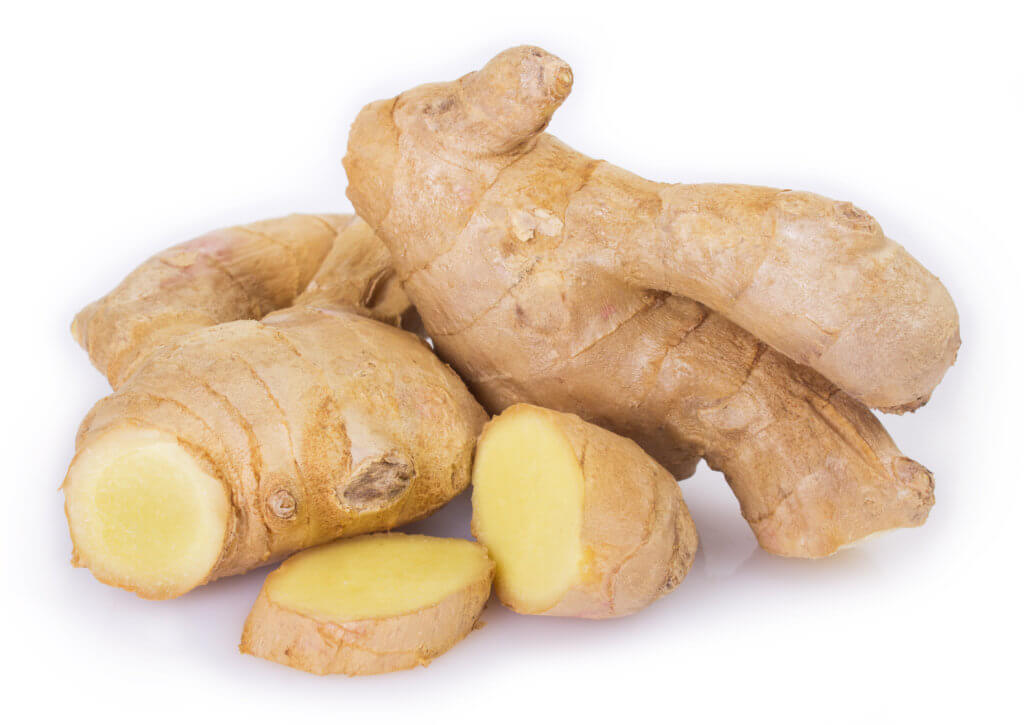
Ginger (Zingiber officinale) is another powerful phenolic antioxidant compound. This means that, similar to turmeric, ginger helps fight back against free radical damage that contributes to aging and disease. It also supports a healthy immunological response.
And while best known for its anti-nausea properties, ginger has been used medicinally as an anti-inflammatory remedy since antiquity.
In fact, it has often been used alongside turmeric to support healthy inflammatory metabolism in the Ayurvedic medical system. Turmeric and ginger are botanically and chemically related, with similar bioactive compounds important in anti-arthritic effects.
According to a review in the Journal of Medical Foods, research suggests that ginger works similarly to non-steroidal anti-inflammatory drugs (NSAIDS) — with fewer side effects.
Natural compounds in ginger called gingerols target COX enzymes to reduce the production of prostaglandins, chemicals that promote inflammation and pain. This is the same mechanism used by NSAID drugs, but safer and natural.
Ginger shares another important similarity with the curcumin in turmeric. That’s because ginger is also being heavily researched for its potential in cancer prevention and treatment. The effectiveness of certain compounds in ginger in preventing or suppressing tumor growth are being studied with regard to several cancer types, including breast cancer, skin cancer, lymphoma, liver cancer, colorectal cancer, and others.
Omega-3 DHA: Another Inflammation Fighter With Stellar Health Benefits
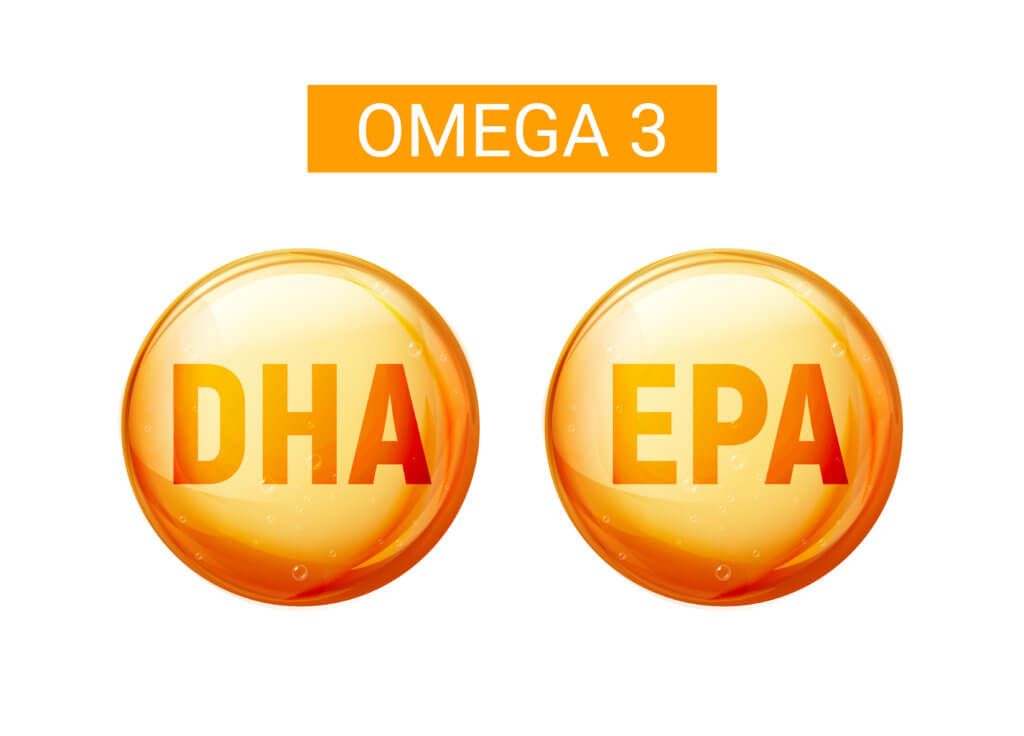
Omega-3 essential fatty acids provide the building blocks for your body’s cell membranes. They play many important roles in health, including:
- Anti-inflammatory
- Immune system regulation
- Antioxidant
- Heart and brain protection
- Anti-tumor activities
Since your body can’t make them in sufficient amounts, you must get your omega-3s through food or supplementation.
Two of the most common and important forms of omega-3 are known as EPA and DHA.
Omega-3s high in EPA and DHA are commonly found in fish, although pollution with toxins such as mercury has led many to supplement rather than depend on fish in the diet. You can also get EPA and DHA from plant-based sources such as algae and seaweed. (Other plant-based foods such as flaxseeds and walnuts are high in a different form of omega-3 called ALA).
Now, DHA has been shown to have a stronger anti-inflammatory effect than EPA, according to a recent study done at Tufts University.
In fact, specifically increasing DHA intake can help balance the excess of inflammatory omega-6 fats consumed in Western diets. DHA’s ability to fight inflammation can help reduce the risk of chronic diseases related to aging, including arthritis, gum disease, eye disease, and brain and heart disease.
Research suggests that DHA may be more effective than EPA for improving certain markers of heart health, including decreasing triglycerides and improving cholesterol. DHA also supports healthy blood flow and blood pressure.
A higher intake of DHA has been linked to a lower risk of some cancers, such as breast and prostate cancer, colorectal cancer, and pancreatic cancer.
DHA is the primary omega-3 fat in the brain and essential to nervous system health. Research has linked Alzheimer’s to a lower level of DHA in the brain. On the other hand, higher omega-3 intake is linked to a reduced risk of mental decline.
Overcoming the Bioavailability Problem for Full Health Benefits
As you’ve seen, a major problem with curcumin is that it’s poorly absorbed in the gut. This is also a problem with other nutrients.
One major breakthrough in overcoming this issue is the use of advanced micelle liposomal technology to optimize absorption and the benefits of each compound in the supplement.
The nutrient molecules are combined in a cluster called a micelle, which is then wrapped into a liposome. Liposomes are healthful fat phospholipids that help protect the nutrients as they pass through the hostile digestive system. This allows more of the beneficial nutrients to be used by the body.
An advanced delivery system such as micelle liposomal technology is something to look for when considering a turmeric supplement, alone or in combination with nutrients such as ginger and omega-3 DHA.
Consider This…
Top-Recommended Liposomal Curcumin Supplement
If you are seeking a top-quality turmeric supplement, consider Micelle Liposomal Curcumin Gold from Purality Health, which is what I personally use after extensive research.
This supplement is greatly different from most on the market. It uses advanced micelle liposomal delivery technology to protect the curcumin through the harsh environment of your stomach so that it can be absorbed in the lining of your gut.
This makes it far more “bioavailable” to your body, which means maximum benefits.
Curcumin Gold is also formulated with high quality DHA derived from algae (far superior to the omega-3 in fish oil) and ginger oil extract for enhanced absorption. All three ingredients work together to get your body the most curcumin possible and to support healthy inflammation levels.
Head here now to find out more about Curcumin Gold if interested
Sources:
The Safety and Anti-Inflammatory Activity of Curcumin…
The Protective Effect of Curcuma Longa Linn Linn…
The Effectiveness of Fermented Turmeric Powder…


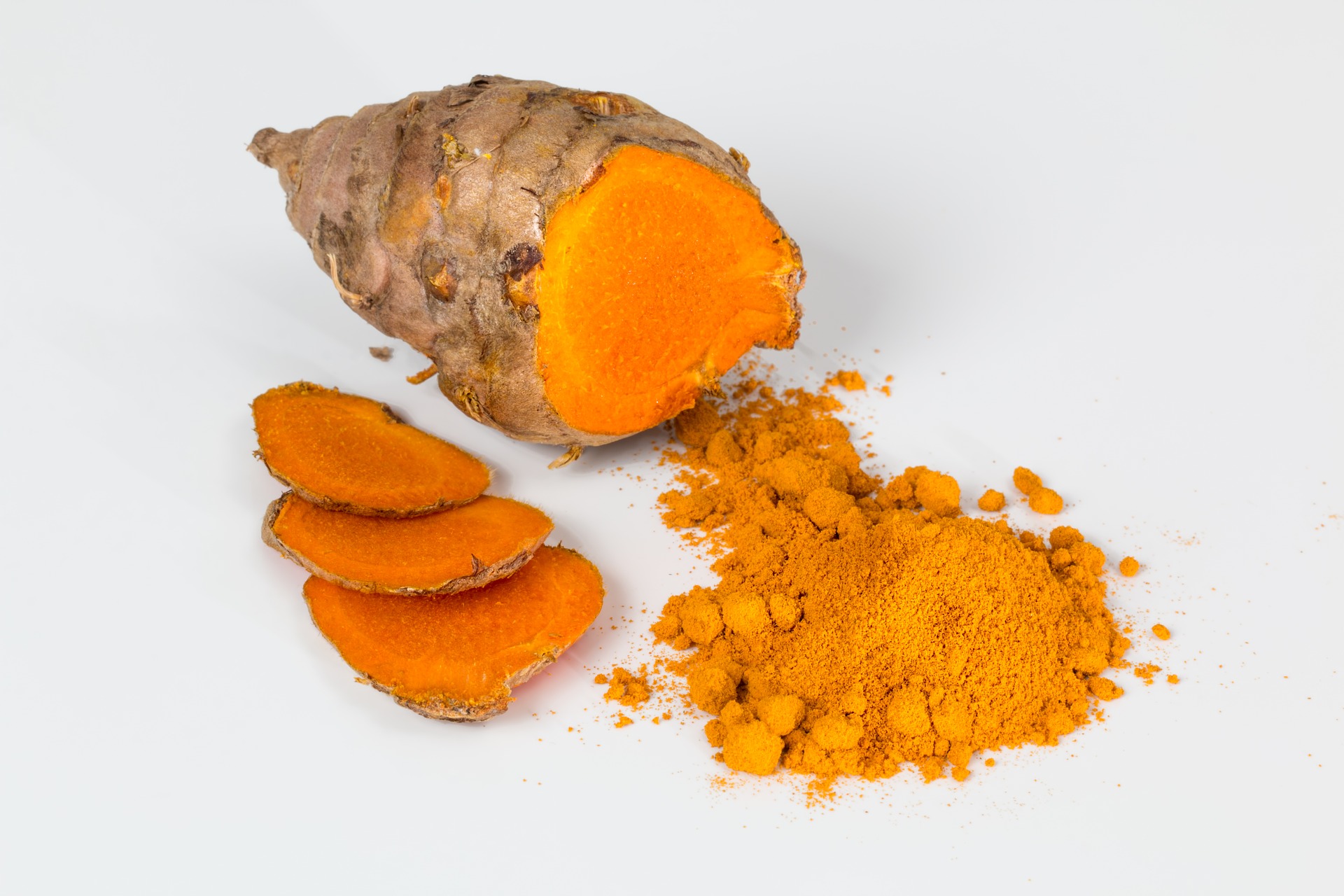
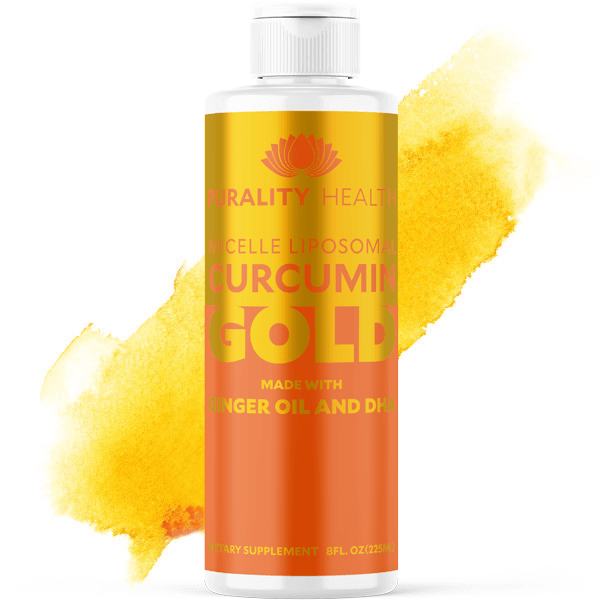
I love to put tumeric in my food.
A great read. Informative.
Turmeric is amazing,
however l just wanted to point out that some people with heart issues have been told by there medical doctors not to take it, can cause a major problem. Perhaps this would be worth investigating. Turmeric can also be dangerous for those who have had cardiac arrest.
Once again l mention that Turmeric mixed with a little ginger and splash of black pepper is great help for arthritis pain.
Thankyou for your good article
Hi @Shahnaz,
How do you take/apply the tumeric/ginger/black pepper?l
Thank you,
Vee
I take a table spoon of turmeric, a tablespoon of ginger and a sprinkle of finally ground black pepper in 4 oz of water every morning. Stir well and chug. It tastes nasty but it has been very effective for me with fighting inflammation from walking 5 miles a day.
Good job.
Are you able to provide further concrete evidence in relation to your statement with regard to heart patients being at risk of Tumeric consumption? My 13 yo daughter with Down Syndrome has had 2 previous cardiac rep a it’s, but I would like her to reap alternate benefits from this product.
Extremely informative!
Quite informative thank you
Excellent information. I have read that turmeric is much more anti-carcinogenic and its properties are enhanced if mixed with olive oil and pepper. Thank you very much for the information.
I would love to be able to purchase but I now live in New Zealand. Great article… thank you.
They have it in New Zealand! You probably could get it at stores for Indian. and Pakistani food. You could also grow it yourself!
During break fast time I drink turmeric in milk just to reduce inflammation.
I am suffering from rheumatoid arthritis and hv one tablet of HCQS..To some extent my pains are under control.
Thank you so much it’s so informative and beneficial.
Thank you so much as I have learned a lot from reading your article.
God bless you and your family.
Good Info,backed by credible studies.
I tried golden revive, has some awesome things in it but when I took 2 pills within 20 minutes my stomach was on fire, severe acid reflux, how do I stop that, I even ate first.
I actually take one in the morning right before breakfast or during, and one in the evening before bed with great results and no problems. I noticed that the dosage is 2, but perhaps 1 at a time is a better option.
Good luck to you, Perhaps ask a trusted homeopath, and research further according to your personal medical history.
Jennifer
I love this article. I have been eating turmeric powder mixed in whole fat yogurt with a little black pepper for some time now. How about a PRINTABLE VERSION?
This article confirms what I experienced with my trial doses of
Purathrives Circumin Gold! I was very pleased! Hope to reorder.
I have to eat up all the worthy information. I knew turmeric was good. Now I know it is great! And toss in some ginger, too.
Thank You so much for yr kindness & for sharing these important details!
Much appreciated!
Thank you for this informative article.
Great stuff much needed for pain and arthritis.I have been taking tumeric mixed with milk for sleep probems as and when needed. I did not know that about mixing it with ginger and olive. Thanks a million. Queen.
I appreciate not having to watch a video, but can skim through you clear letter and lists! Thank-you very much!
thank you for this article, and all who made comments. 😊
I use the powder and roots. It is excellent. Thanks much for the information. Great article. 👍🏻
Make Tumeric Latte. Add Tumeric Powder, Ginger Powder, Cinnamon Powder, Pepper Powder with full fat milk and boil. Drink it hot or cold. It is up to you to decide the measurements to suit your taste.
Have a nice day
We have Turmeric growing outside in our garden and we consume freshly squeezed Turmeric juice with a pinch of black pepper for absorption. A glass every morning before breakfast and we could tell and feel the difference it makes with our body. I have never tasted and experienced something so natural and divine. So thank you very much for this informative article. And keep it coming.
– all the way from Fiji.
good work.
Thanks for the great information.
I will try this out.
Great article.
Did not know the part about having Omega 3 fat to enclose it and help my body digest it. Also liked the EPA/DHA connection; will start taking my EPA/DHA tabs again, along with my curcumin and tumeric.
Thanks for educating us with this health info.